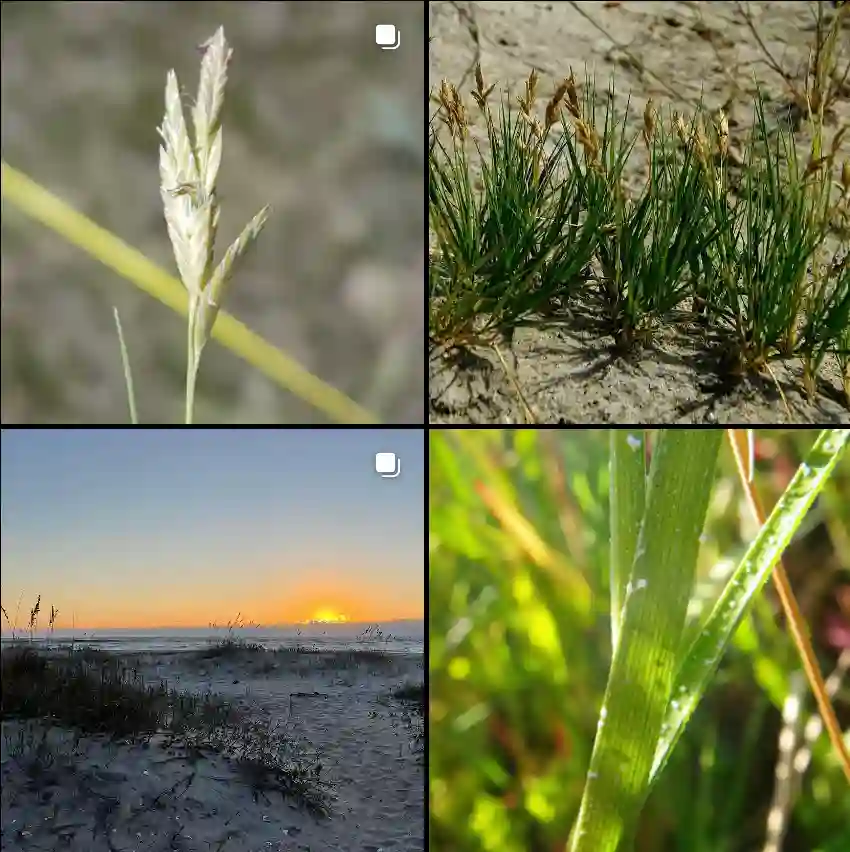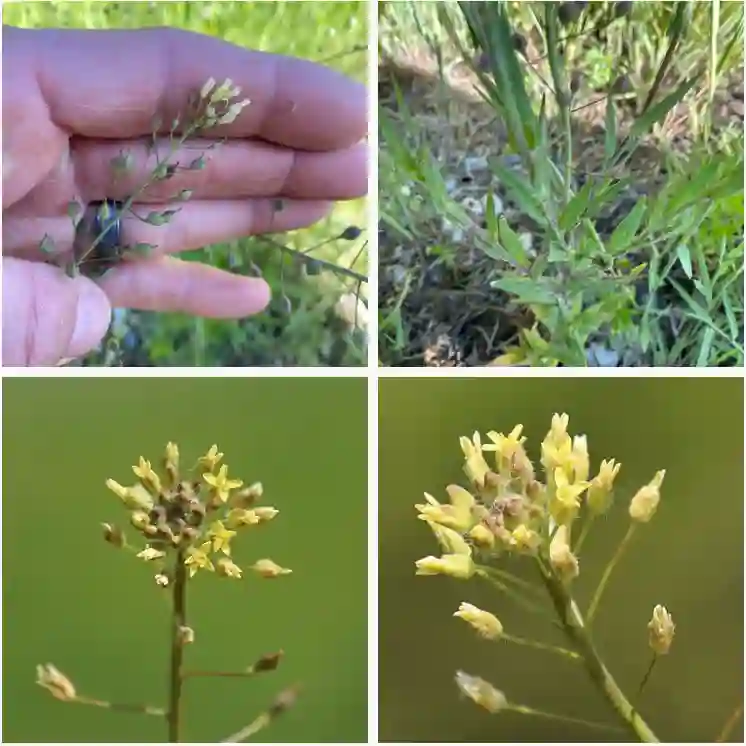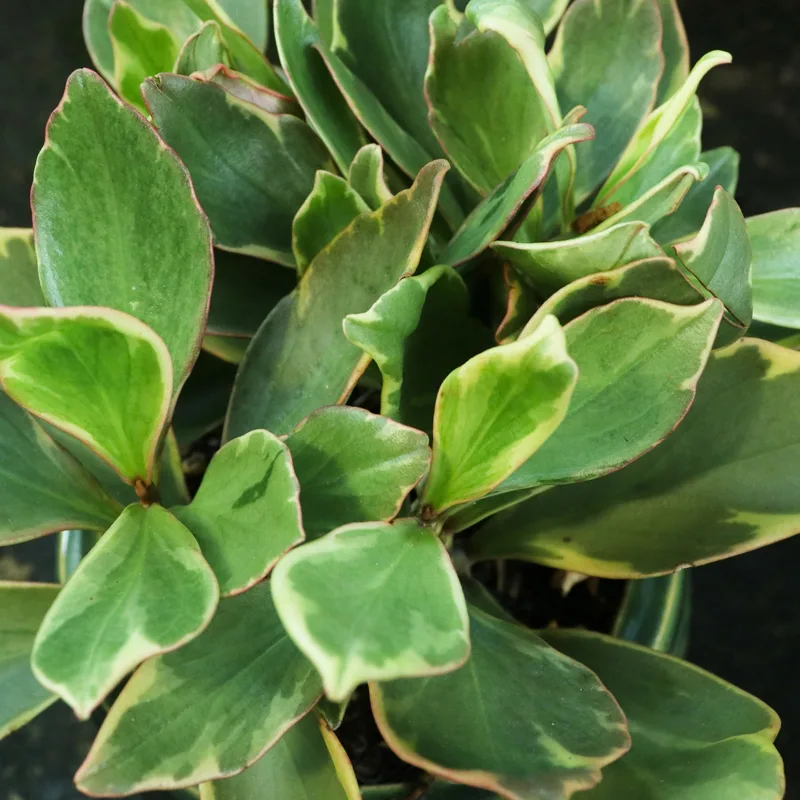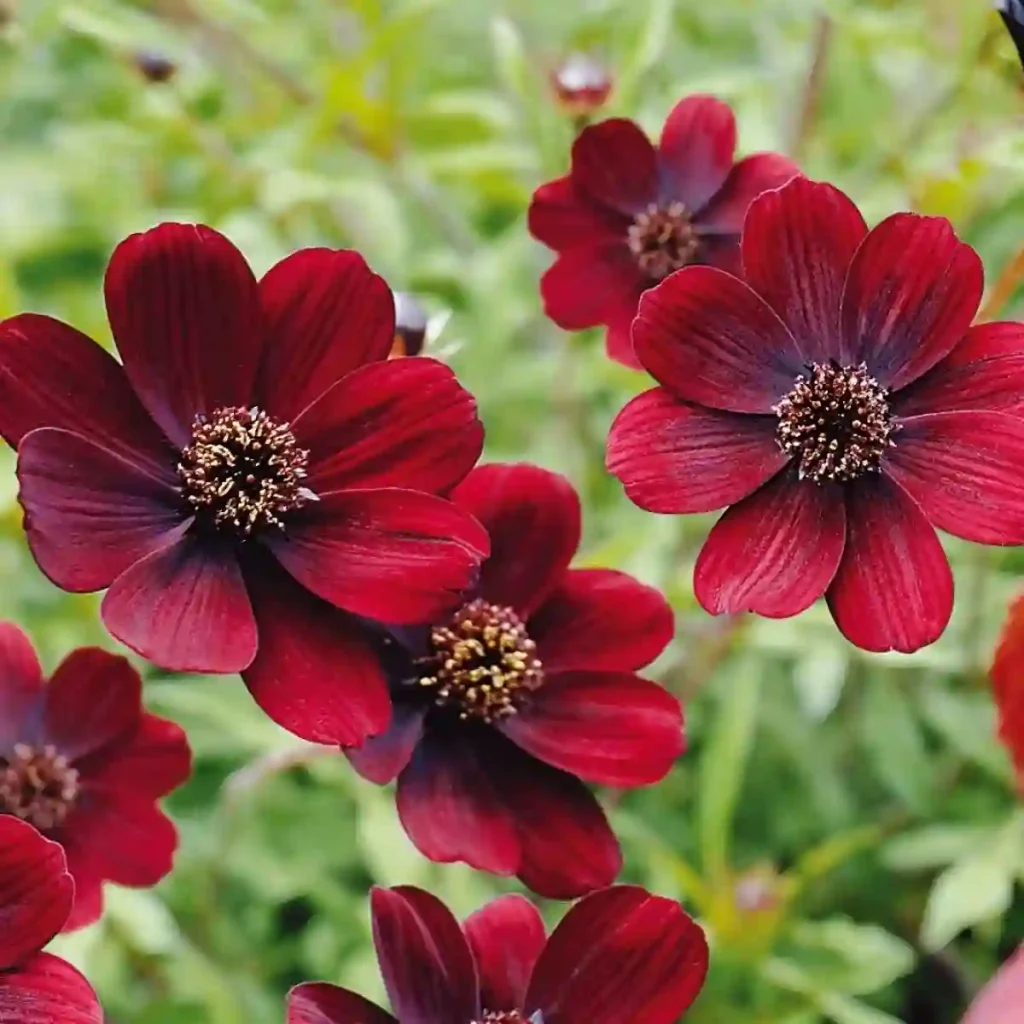FAQs About Baptisia Purple Smoke
When I first stumbled upon Baptisia Purple Smoke, I was captivated by its stunning purple flowers and unique foliage. As I delved deeper into this remarkable plant, I found myself with numerous questions. Here, I’ll share some frequently asked questions that I’ve encountered, along with my personal experiences and insights.
25 Species in Genus Baptisia
What is Baptisia Purple Smoke?
Baptisia Purple Smoke is a perennial plant belonging to the legume family. Known for its striking purple blooms, it typically reaches heights of 3 to 4 feet. The plant’s foliage is a lovely gray-green, providing a beautiful contrast to its vibrant flowers. One of the aspects I appreciate most about Baptisia is its robust nature; it thrives in a variety of conditions, making it an excellent choice for gardeners seeking low-maintenance plants.
How to Care for Baptisia Purple Smoke?
Caring for Baptisia Purple Smoke is relatively straightforward, which is one reason I love it. Here are some key care tips:
- Light: This plant thrives in full sun but can tolerate partial shade. I’ve found that it flourishes best with at least six hours of sunlight each day.
- Soil: Well-draining soil is essential. While Baptisia is not particularly fussy, I recommend a mix that is rich in organic matter. I’ve had success using a combination of loamy and sandy soils.
- Watering: Once established, Baptisia is quite drought-tolerant. I typically water my plants deeply during dry spells but avoid overwatering, as this can lead to root rot.
- Fertilizing: This plant doesn’t require much fertilization. I usually apply a balanced fertilizer in early spring, but I’ve also seen good results without it.
How to Propagate Baptisia Purple Smoke?
Propagation of Baptisia Purple Smoke can be done through seeds or division. Here’s what I’ve learned:
- Seeds: If you’re using seeds, you can either sow them in the fall or stratify them for spring planting. I prefer starting them indoors a few weeks before the last frost. Germination takes time, so patience is key.
- Division: Dividing mature plants every few years can rejuvenate them and promote new growth. I find that the best time to divide is in early spring or fall.
What to Plant With Baptisia Purple Smoke?
Choosing companion plants for Baptisia Purple Smoke can enhance your garden’s aesthetics. I’ve had great success pairing it with:
- Echinacea (Coneflower): The vibrant colors complement Baptisia beautifully.
- Rudbeckia (Black-Eyed Susan): Their golden hues provide a lovely contrast.
- Sedum: The low-growing varieties add texture and interest to the garden.
Is Baptisia Purple Smoke Toxic?
I often hear concerns about the toxicity of plants, and Baptisia Purple Smoke is no exception. Fortunately, this plant is non-toxic to humans and pets. It’s a relief to know I can have it in my garden without worrying about harmful effects.
Benefits of Baptisia Purple Smoke
Baptisia Purple Smoke offers several benefits beyond its beauty:
- Pollinator Friendly: I’ve noticed that this plant attracts bees and butterflies, making it a fantastic choice for those wanting to support local wildlife.
- Drought Tolerance: Its ability to withstand dry conditions is a major plus, especially during hot summers when I may forget to water as often as I should.
- Low Maintenance: Once established, it requires minimal care, freeing up time for other gardening tasks.
Common Problems with Baptisia Purple Smoke
Like any plant, Baptisia Purple Smoke can encounter a few issues:
- Fungal Diseases: If the humidity is high, it may be susceptible to fungal infections. To prevent this, I ensure proper air circulation and avoid overhead watering.
- Pests: While not a common issue, I’ve occasionally spotted aphids or spider mites. I’ve found that a strong blast of water or insecticidal soap usually does the trick.
How Does Baptisia Purple Smoke Compare to Other Varieties?
When comparing Baptisia Purple Smoke to other Baptisia species, like Baptisia australis, I notice distinct differences. Purple Smoke has a more compact growth habit and a unique smoky purple hue, whereas Baptisia australis boasts a taller stature and a more traditional blue hue. I find that the choice between them often comes down to personal preference and garden design.
Conclusion
Baptisia Purple Smoke has proven to be a rewarding addition to my garden. Its beauty, low maintenance needs, and ability to attract pollinators make it a favorite among perennial plants. Whether you’re a seasoned gardener or just starting out, I encourage you to consider adding this stunning plant to your collection. Happy gardening!
If i die, water my plants!



